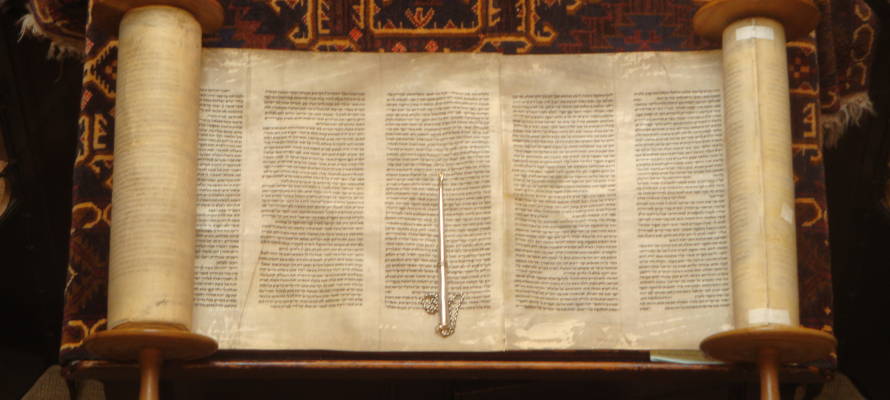
Rabbi Ari Enkin
The Sotah procedure for a suspected adulteress is elaborated upon at great length in the Talmud. In fact, an entire volume is dedicated entirely to the Sotah and related issues.
A Sotah is a woman who is suspected by her husband of committing adultery. In biblical times, such a woman was made to undergo the ordeal of “the bitter waters” as described in Numbers, Chapter 5, as follows:
“If feelings of jealousy come over her husband and he suspects his wife…then he is to take his wife to the priest. He must also take an offering of barley flour on her behalf…The priest shall bring her and have her stand before the Lord. Then he shall take some holy water in a clay jar and put some dust from the Tabernacle floor into the water…Then the priest shall put the woman under oath and say to her, ‘If no other man has had sexual relations with you and you have not gone astray and become impure while married to your husband, may this bitter water not harm you. But if you have gone astray while married to your husband and you have made yourself impure by having sexual relations with a man other than your husband…may the Lord cause you to become a curse among your people.’ The woman is to say, ‘Amen. So be it.’ And he shall make the woman drink the bitter water.”
If the woman was guilty, she died a horrible death right then and there, as we shall see.
According to the Mishna (rabbinic literature), a woman suspected of adultery was first brought to the Sanhedrin (ancient Jewish court) by her husband before being subjected to the “bitter waters” ordeal. Assuming the woman was guilty, repeated attempts would be made to persuade her to confess in order to save her life. If she confessed, the ordeal was not performed.
Male Adulterer Equally Punished
If in fact performed, the Sotah then had her hair loosened and let down – a biblical sign of shame. According to some sources, the woman’s upper clothing was completely removed as well, leaving her exposed. The procedure consisted of the woman having to drink a specific potion administered by the priest. The effects were immediate. If guilty, “her belly swells first and then her thigh ruptures and she dies.” The adulterer, whoever he was, suffered a similar fate once the Sotah drank the potion, wherever he happened to be. If the woman was unharmed by the bitter waters, it was a clear sign that she was innocent.
As part of the Sotah procedure, the husband was required to offer a sacrifice to God. The offering was placed in the woman’s hands, as it was ultimately an offering on her behalf even though it was brought by the husband. The offering consisted of “one tenth of an ephah” of barley meal. Barley meal was an inexpensive type of flour, unlike that specified for all other biblical offerings. The Mishna explains that the “rough” and “raw” nature of this type of flour was intended to symbolize the “rough” and “bestial” nature of adultery, as coarse flour is used primarily as animal feed. If the Sotah was not guilty of adultery, she came out of the ordeal as the beneficiary of a number of blessings. For example, if previously unable to conceive, she would now conceive.
The Sotah ritual was abolished some time during the first century CE under the leadership of the great sage Rabbi Yohanan Ben Zakkai. Among the reasons was that – unfortunately – adultery became rampant. Had the ritual not been abolished at the time, however, it would have been terminated in any case once the Holy Temple in Jerusalem was destroyed, as it was forbidden to perform this ceremony anywhere else.
By Rabbi Ari Enkin, rabbinic director, United with Israel
